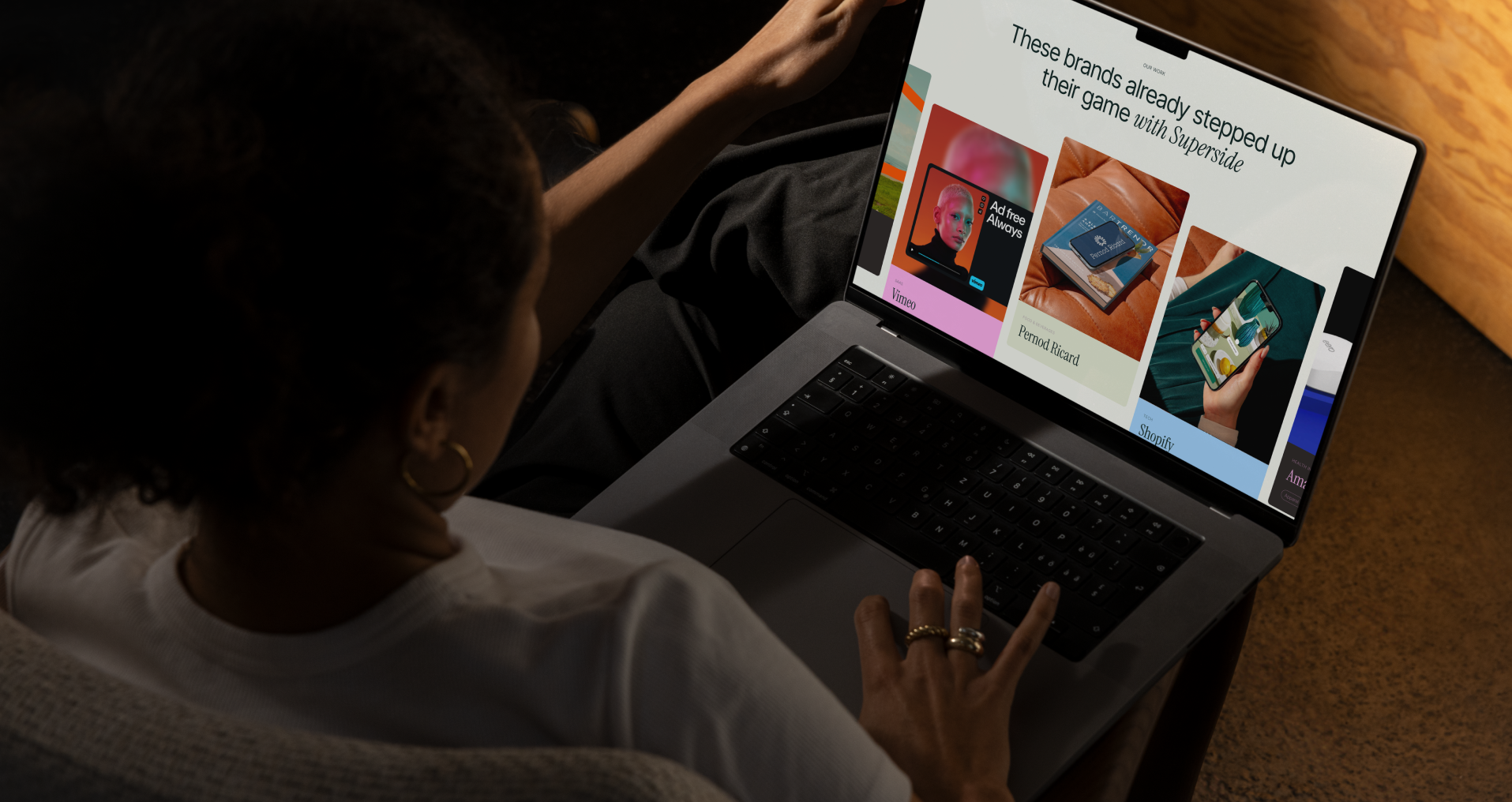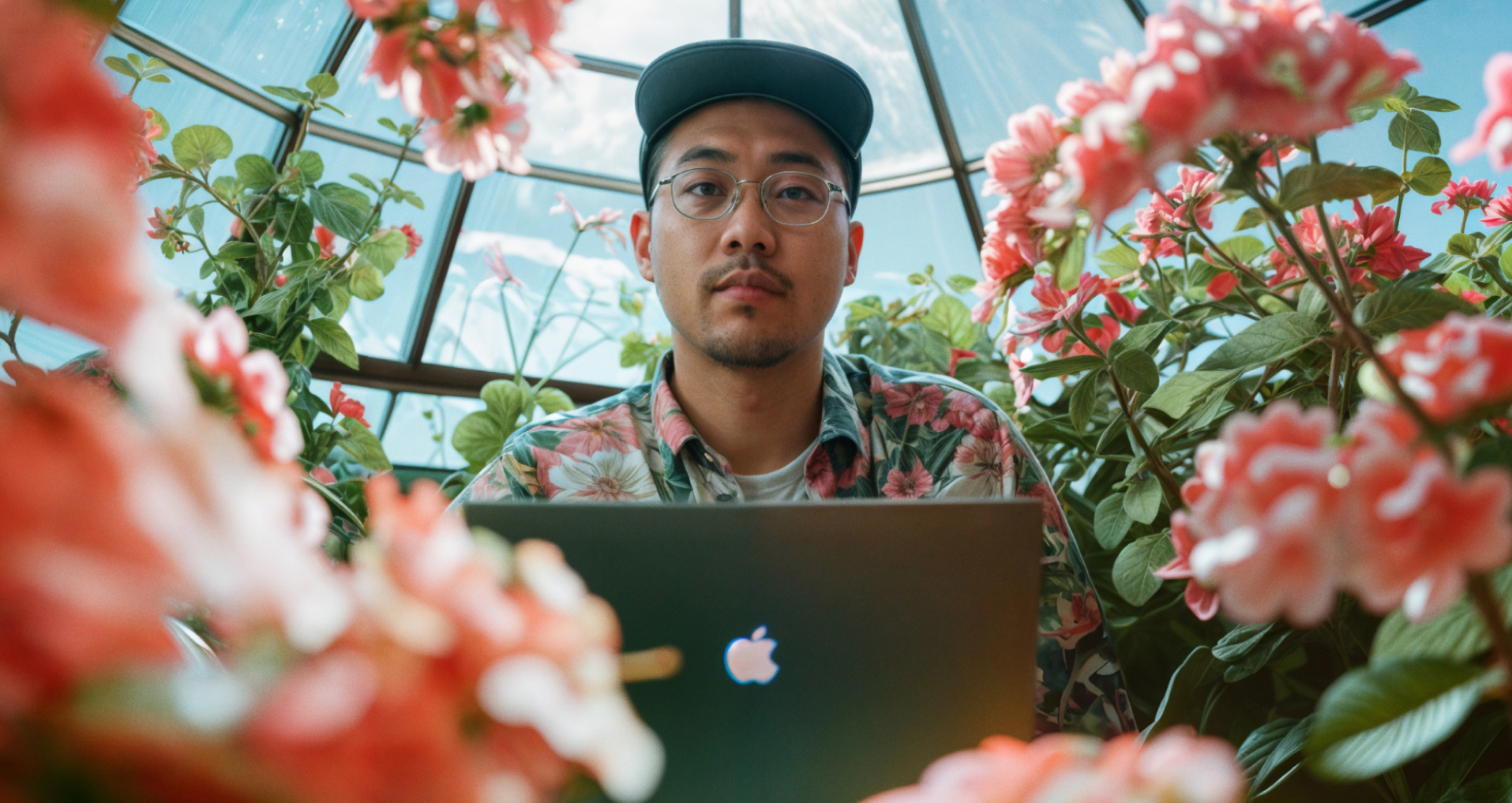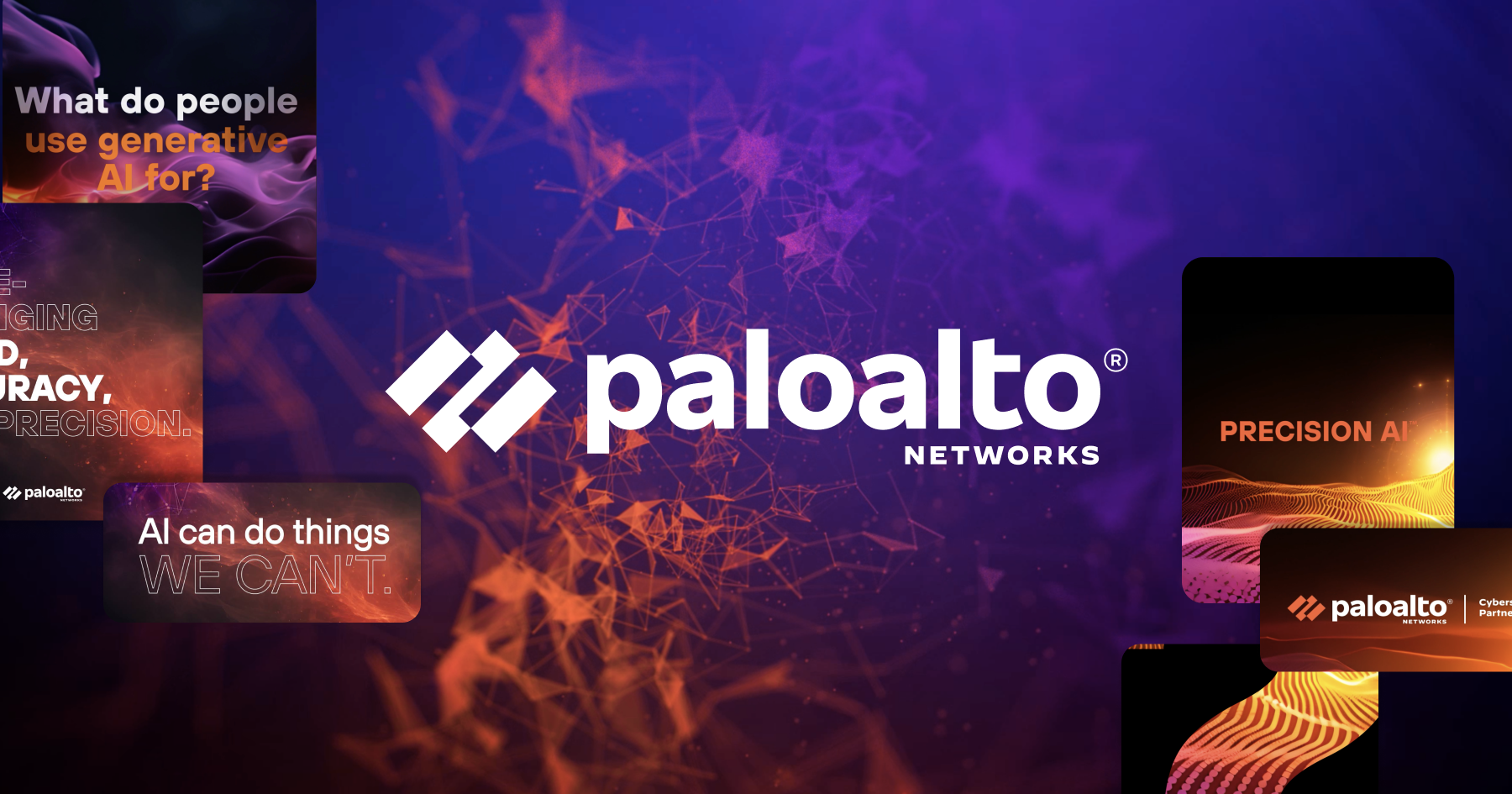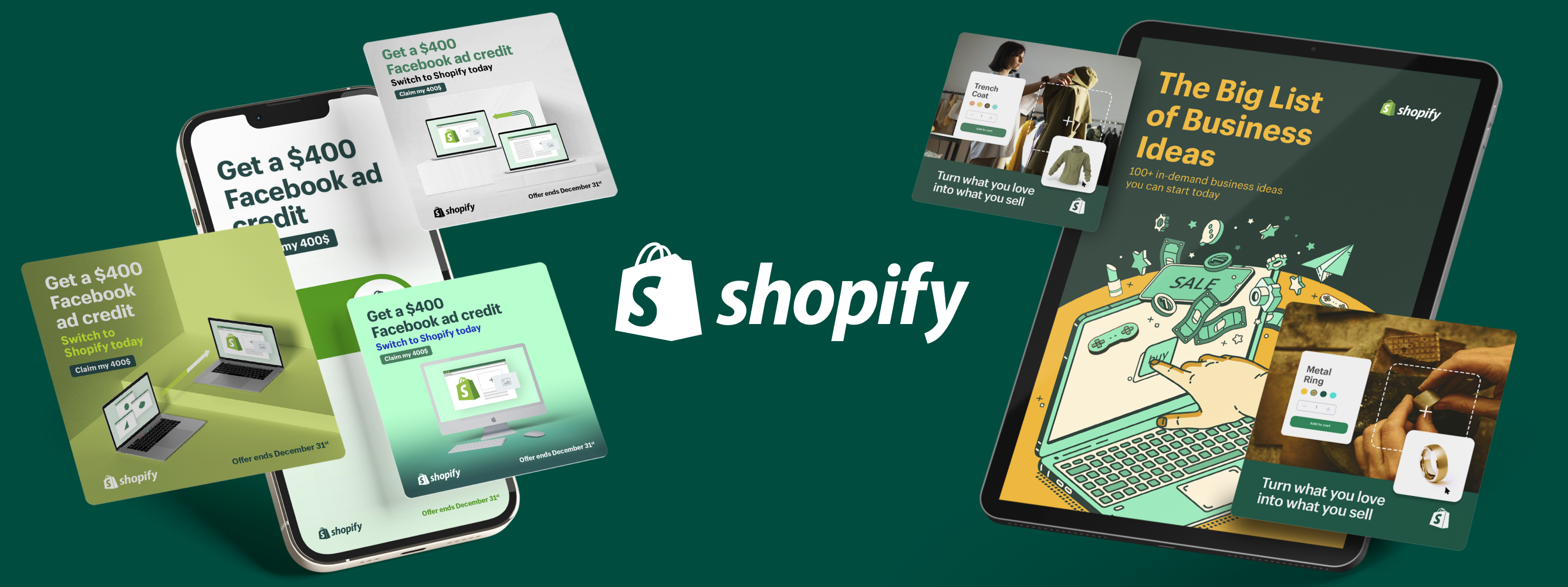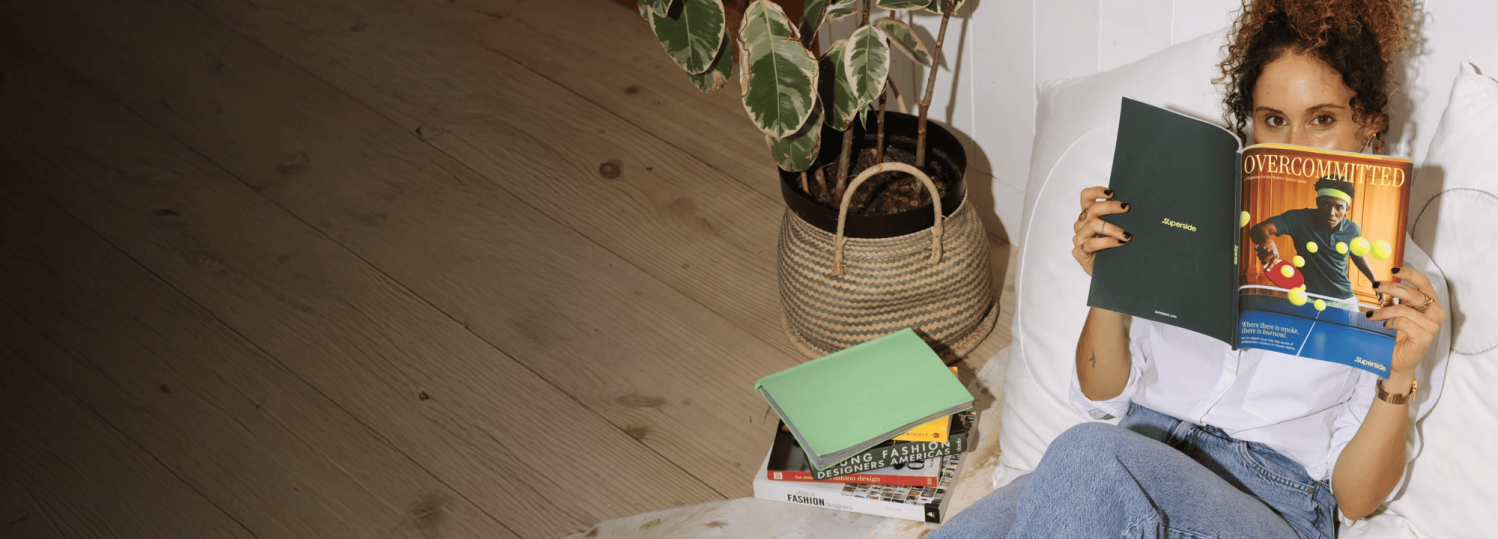The state of in-house creative teams? Overcommitted

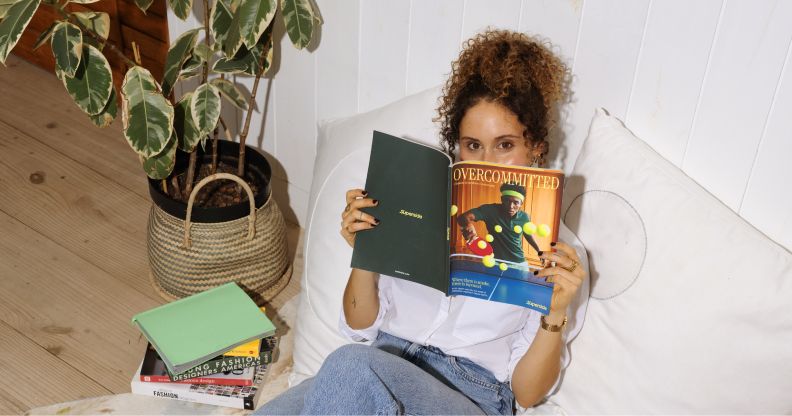
We wrote a report.
But: Some of you are probably too busy to read it.
While 97% of creative leaders say they’re happy with the status quo, burnout's at an all-time high. Workloads are crushing, staffing's hit-or-miss—and there’s never enough time for great work.
See what else we found and get your copy of the Overcommitted Report.
Throughout my career—first as a designer and now as Executive Creative Director—being “creative” has meant many things, especially in business. Working with brands like Adobe, Pinterest, Sony Music and Fendi, you learn from the best. You also experience the pressures of sky-high expectations, mammoth workloads and minuscule timelines.
You choose your profession because of your talent and passion for creative—but your day-to-day is just admin and juggling deadlines. We know this truth. We live it. We feel it every day. But, how do you prove it? More importantly—how do you fix it?
So, we asked 200+ creative leaders how they’re handling the chaos—what’s working, what’s not and what’s next.
Here’s what we found:
Everyone’s burned out
While 97% of creative leaders claim they’re satisfied with how their teams work, beneath that confidence—burnout is reaching a flashpoint.
- 76% felt burned out in the past year.
- 78% said their teams felt the same.
- 78% said their teams can’t keep up with increasing demands.
Staffing is so-so
Do creative teams have enough people? It depends on who you ask. While two in five say their team is understaffed, we found that less-experienced creative leaders might just accept overcommitment as the norm.
- Nearly half of leaders with 10+ years of experience said their teams are understaffed.
- But, only 32% of those in the field for 10 years or less agree.
- Less-experienced professionals were more likely to say they were staffed “just right” (61%) vs. 44% for veterans.
Source: The Overcommitted Report
Talent takes time
Most leaders believe they have the talent to execute big ideas. What they don’t have? Time. There are just too many tasks and priorities—they want to do as much of the right work as possible, but they can’t.
- 79% want to create bolder work but are strapped for time.
- 77% said they could have a greater impact if not bogged down by low-priority tasks.
- 85% had to focus on admin work over creativity.
Source: The Overcommitted Report
Outsourcing? It’s complicated
When you can’t do it all, you get help. Half of creative leaders (52%) outsource. But, it isn’t as simple as it sounds.
- 85% said they need to do a better job outsourcing.
- 41% relied on just one agency—only 13% felt this was going well.
- More than half have completely lost faith in agencies.
Source: The Overcommitted Report
AI’s a game changer
For creative leaders and business leaders, the transformative power of gen AI isn’t up for debate.
- 96% believe AI will accelerate creative production.
- 93% feel that AI will improve quality.
- 89% said their executive team understands the impact.
Source: The Overcommitted Report
It’s time to do less
Creatives are at a tipping point. From new channels and formats to the rapid adoption of AI, overcommitment is the default setting.
But creatives are also notoriously resilient. We can prioritize relentlessly, push AI further—and find better partners to share the load. We can do our best work, take care of our teams and drive growth. It’s what we do—and we’ve always known how to do it well.
With 15+ years of experience shaping brands like Adobe, Pinterest, Sony Music, Fendi and other big names—Superside Executive Creative Director Kae Neskovic knows a thing or two about branding and design. She’s also got a pretty great LinkedIn profile.
You may also like these

The funny side of creative marketing
Between endless revision cycles, AI panic and marketing trends changing faster than we can say “metaverse,” burnout is real. But here’s the good news: there’s one thing that can help teams push through the chaos and creative clutter—humor.At Superside’s recent Overcommitted Virtual Summit, cartoonist and marketing legend Tom Fishburne reminded us that laughter isn’t just a coping mechanism—it’s a creative superpower. In this recap, we’ll break down the biggest insights from the session. (Plus a few marketing mishaps you definitely don’t want to repeat).The case for creative comedyHumor is everywhere and it only takes opening our eyes to find it in our day-to-day lives. Fishburne kicked things off with a story about his dishwasher breaking down. The screen flashed “FU” over and over again—turns out, that stood for “failed unit.” While hilarious in hindsight, it was also a perfect metaphor for how brands often get in their own way.Marketing and creative teams work tirelessly on campaigns, yet somehow, the final product can feel like a robotic, soulless mess. Why? Teams are too busy and we take ourselves too seriously.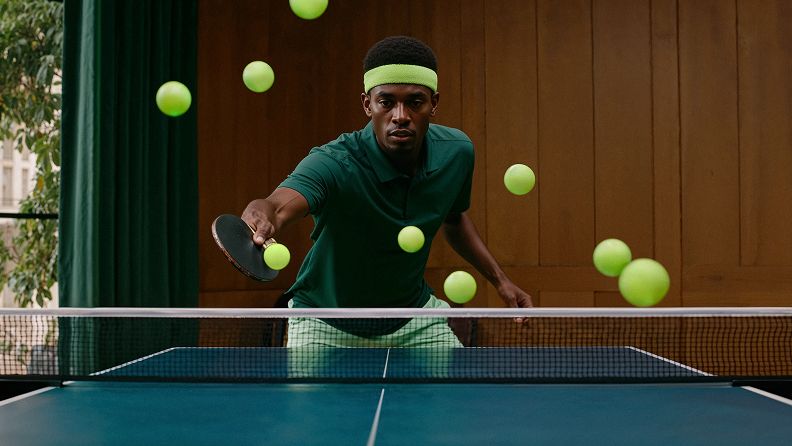
The new era of creative leadership
Sometimes, it can feel like burnout is the only constant for creatives. We’ve heard it from creative teams over and over again, from small brands to global powerhouses. There is a seemingly never-ending list of assets that need to be built and campaign deadline after campaign deadline.Not only that, but almost every project is critical. When we spoke to 200+ creative leaders about the issues affecting their teams for Overcommitted: The State of In-house Creative Teams in 2025 report, they shared that 55% of their projects were marked “high priority”.When everything is important, how do you manage business demands while helping your team maintain their creative integrity (and not burnout)?We went to one of the experts to find out. James Hurst, former creative director at Tinder, joined us for our Overcommitted Virtual Summit to share his experience in prioritizing what matters, culture-building, risk-taking and his thoughts on the role of artificial intelligence (AI) in creativity.1. Stop creative burnout
Wonder & rigor: Creative frameworks for burnout
We’ve all been there—staring at looming deadlines, feeling uninspired and wondering where the energy for big ideas went. Creativity isn’t just about generating fresh ideas—it’s about keeping the spark alive in a fast-moving world.If you’re feeling stuck in the grind—caught in back-to-back meetings, swamped with admin work or just lacking time for meaningful creative thinking—you’re not alone.What if we could work differently instead of just working harder?At the Overcommitted Virtual Summit, Dr. Natalie Nixon introduced the WonderRigor™ Framework, a refreshing approach to balancing imagination and execution. It’s not about piling on more work—it’s about bringing back the energy, excitement and curiosity that make work fulfilling.If you’re ready to shake up your routine, rediscover creative flow and bring more meaning to your work, this creative framework can help.
